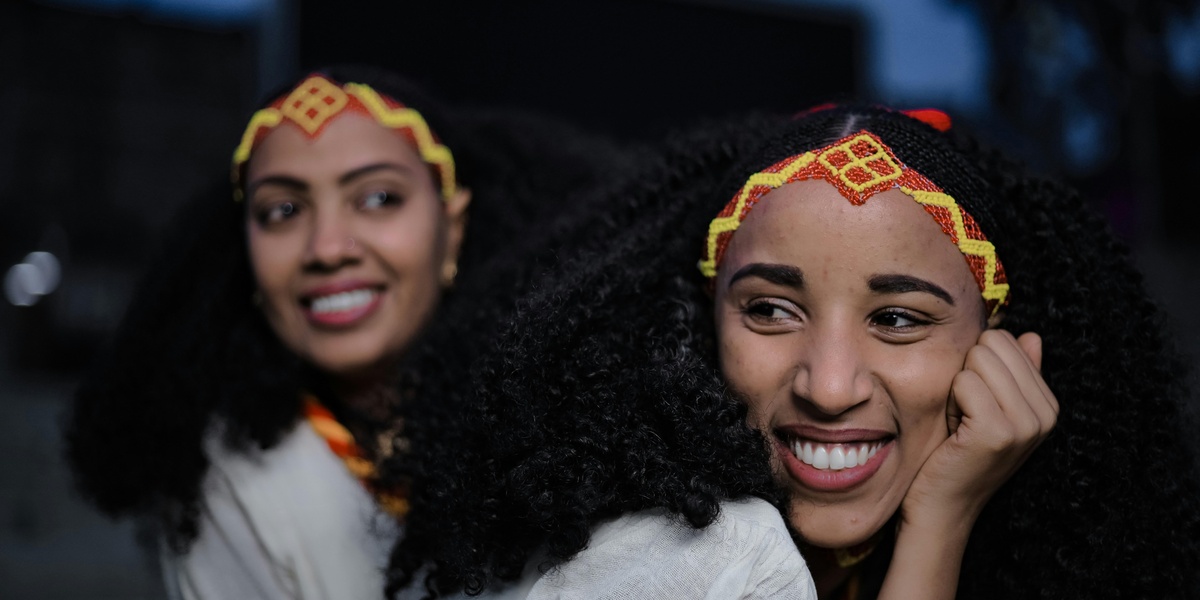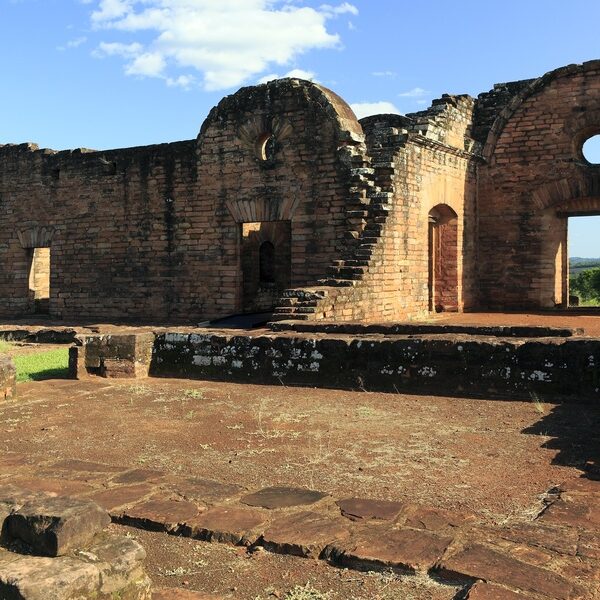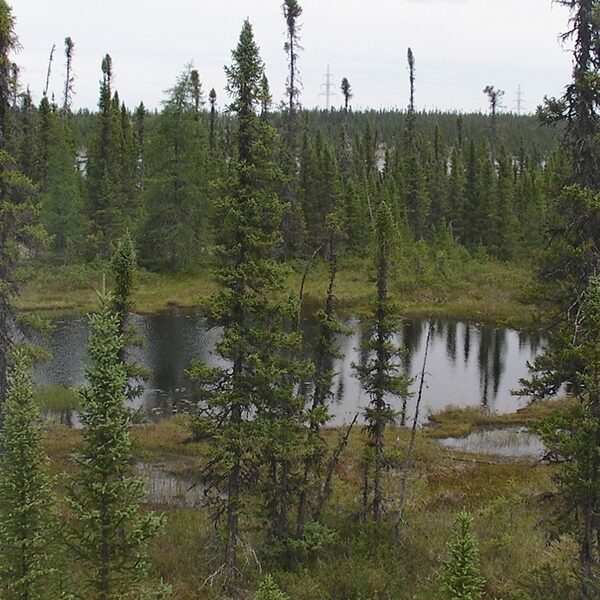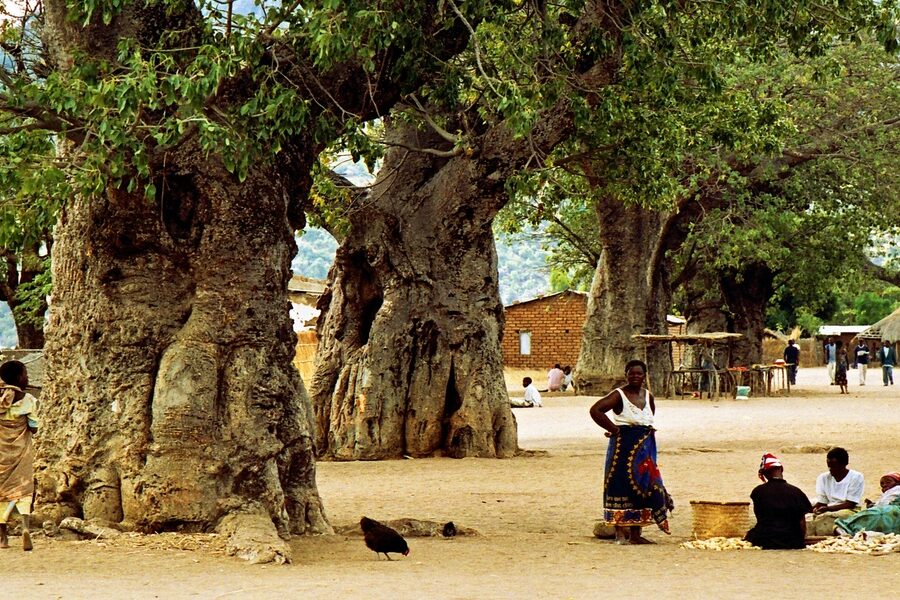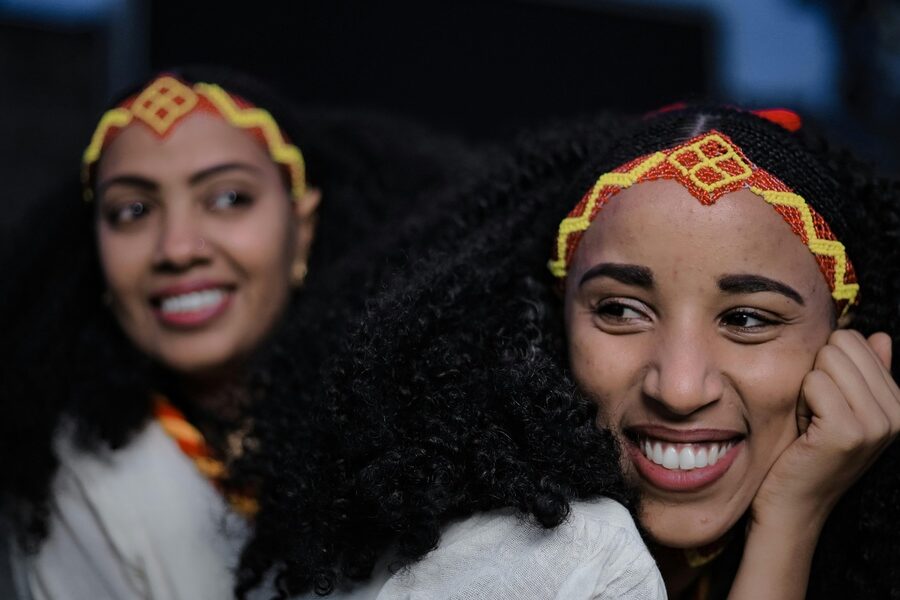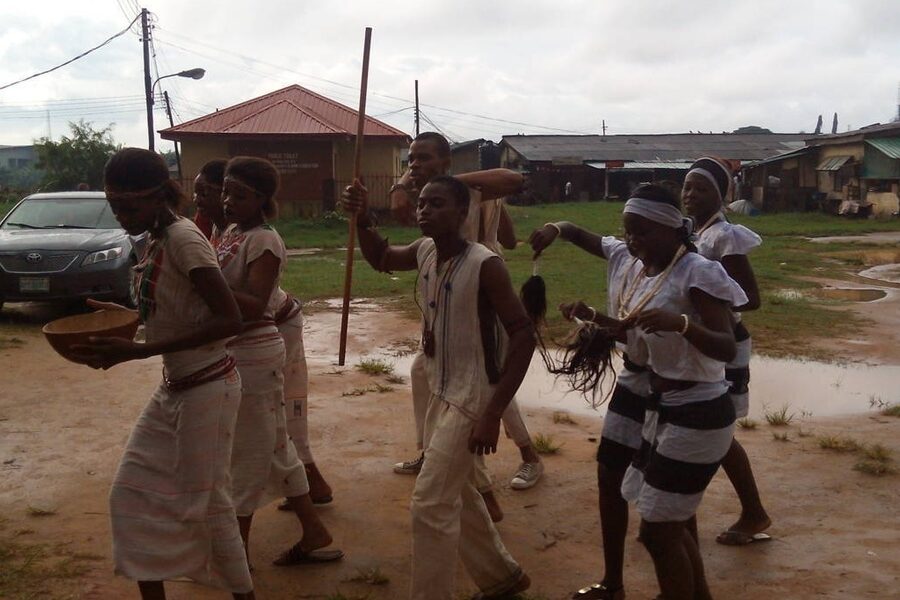Eritrea sits at the crossroads of the Horn of Africa, with a coastline on the Red Sea and a mix of highlands and lowland plains. Its history, languages and livelihoods reflect a compact but diverse set of communities that shape daily life and regional identity.
There are 9 Eritrea Ethnic Groups, ranging from Afar to Tigrinya. Each entry lists Population (%), Primary language, Primary region(s), and a short note on cultural or demographic context — you’ll find these details below.
How are these ethnic groups distributed across Eritrea’s regions?
Most groups are regionally concentrated: highland groups like the Tigrinya are dominant in the central highlands, while Afar and other lowland groups live along the coast and in eastern lowlands. The list below shows each group’s primary region(s) so you can quickly see geographic patterns.
What languages will I encounter among Eritrea’s ethnic groups?
You’ll find several Cushitic and Semitic languages, with Tigrinya and Tigre among the largest; Afar represents a Cushitic language in the east. The table below indicates each group’s primary language alongside population share for quick reference.
Eritrea Ethnic Groups
| Ethnic group | Population (%) | Primary language | Primary region(s) |
|---|---|---|---|
| Tigrinya | 55% | Tigrinya | Central highlands (Asmara, Debub, Maekel) |
| Tigre | 30% | Tigre | Northern and western lowlands (Gash-Barka, Northern Red Sea) |
| Saho | 4% | Saho | Southern and central Eritrea (Southern Red Sea, Debub) |
| Afar | 4% | Afar | Northeastern lowlands (Afar region, Northern Red Sea) |
| Kunama | 2% | Kunama | Gash-Barka (southwest, near Sudan border) |
| Nara | 2% | Nara | Gash-Barka (western border regions) |
| Blin (Bilen) | 2% | Blin (Bilen) | Keren and central highlands (Anseba, near Asmara) |
| Rashaida | 1% | Arabic (Hadrami dialect) | Coastal Red Sea region (Northern Red Sea) |
| Hedareb (Beja) | 1% | Beja (Bedawi/Hedareb) | Northwest and western border areas (Anseba, Gash-Barka) |
Images and Descriptions
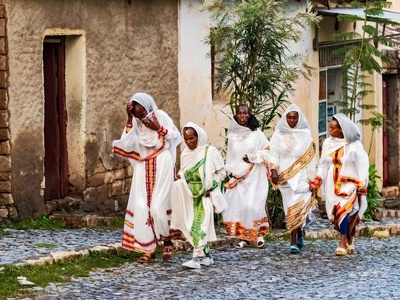
Tigrinya
Majority group concentrated in Eritrea’s central highlands. Mostly Eritrean Orthodox Christians with Muslim and Catholic minorities. Known for rich agricultural traditions, Tigrinya language and cultural festivals, long ties to ancient Aksum, and central political and urban roles.
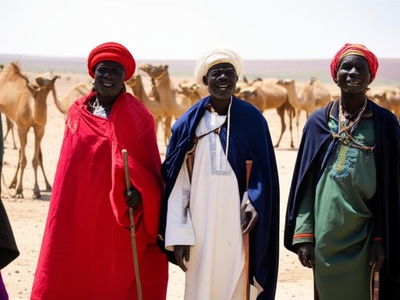
Tigre
Large lowland group mainly in western and northern lowlands. Predominantly Muslim and historically pastoralist, Tigre people are known for clan networks, oral poetry, camel herding and trade, with cultural links across the Red Sea and into Sudan.
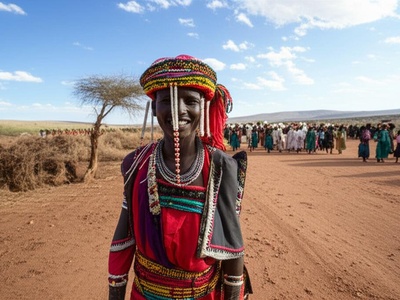
Saho
Cushitic-speaking community mainly in the south and central areas, largely Muslim and traditionally pastoralist. Saho maintain seasonal migration, strong clan identities, distinctive dress and oral traditions, and close cultural ties with neighboring Afar and Somali groups.
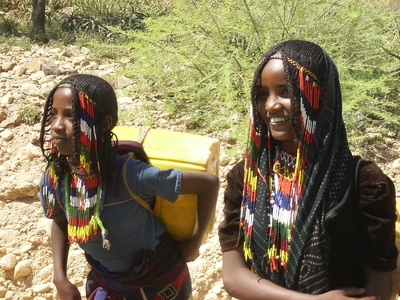
Afar
Lowland Cushitic pastoralists across Eritrea’s northeast. Predominantly Muslim, famed for camel and salt-trading traditions, resilient nomadic lifestyles, clan-based social systems, and historic connections with Afar populations in Ethiopia and Djibouti.

Kunama
Nilo‑Saharan-speaking Kunama are mostly settled agriculturalists with communal land systems and distinctive kinship rites. They practice traditional beliefs with Christian and Muslim minorities, preserve rich oral history, and played notable roles in anti-colonial and independence movements.

Nara
Indigenous Nara people near the Sudan border speak Nara languages and are mainly Muslim or follow traditional beliefs. Agro-pastoralists by livelihood, they live in village communities with cultural affinities to neighboring Sudanic and Nilotic peoples.
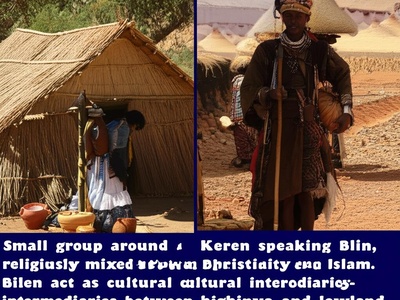
Blin (Bilen)
Small group around Keren speaking Blin; religiously mixed between Christianity and Islam. Bilen act as cultural intermediaries between highland Tigrinya and lowland Tigre, noted for local trade, pottery, unique ceremonies and historical resilience.

Rashaida
Arab-origin Rashaida trace ancestry to the Arabian Peninsula and are predominantly Muslim. Traditionally camel breeders and coastal traders, they retain distinct dress, dialect and endogamous customs, forming a visible small minority in Eritrea’s Red Sea communities.
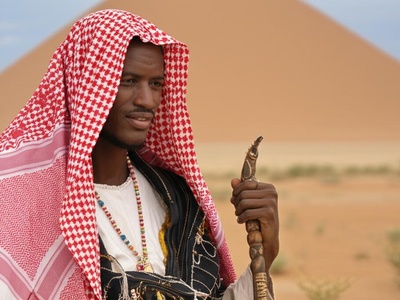
Hedareb (Beja)
Also called Beja or Hadareb, this Cushitic-speaking group lives near the Sudan border. Generally Muslim and historically nomadic pastoralists, they have distinctive music, dress and clan systems and cultural links to Beja populations in neighboring countries.

